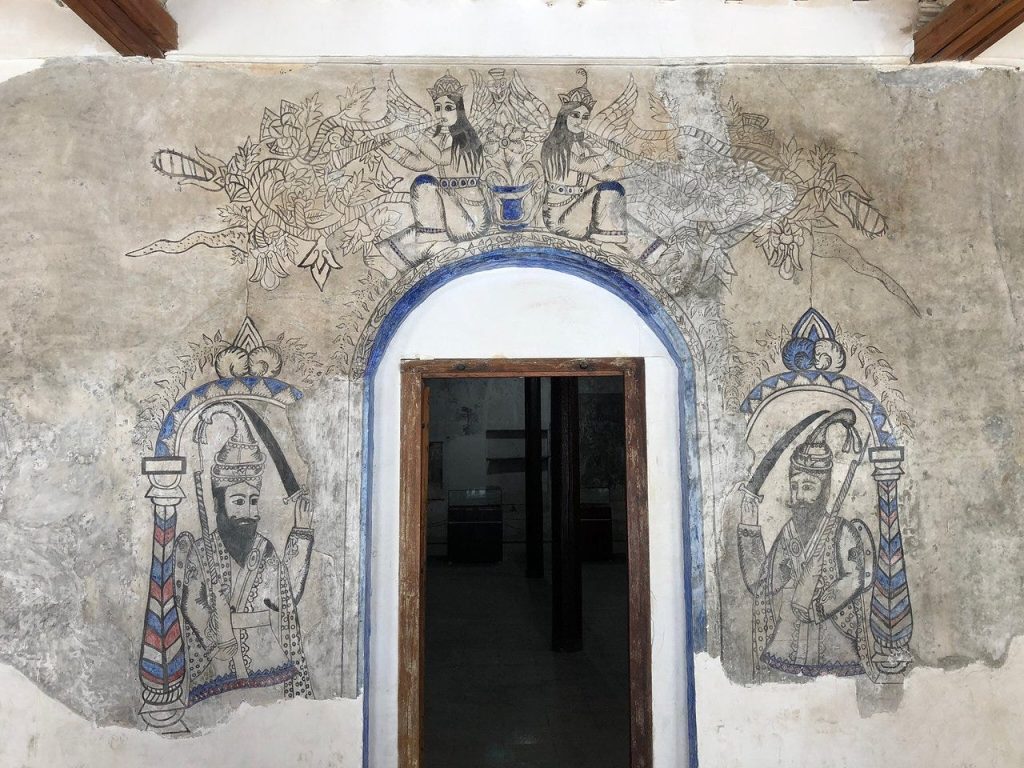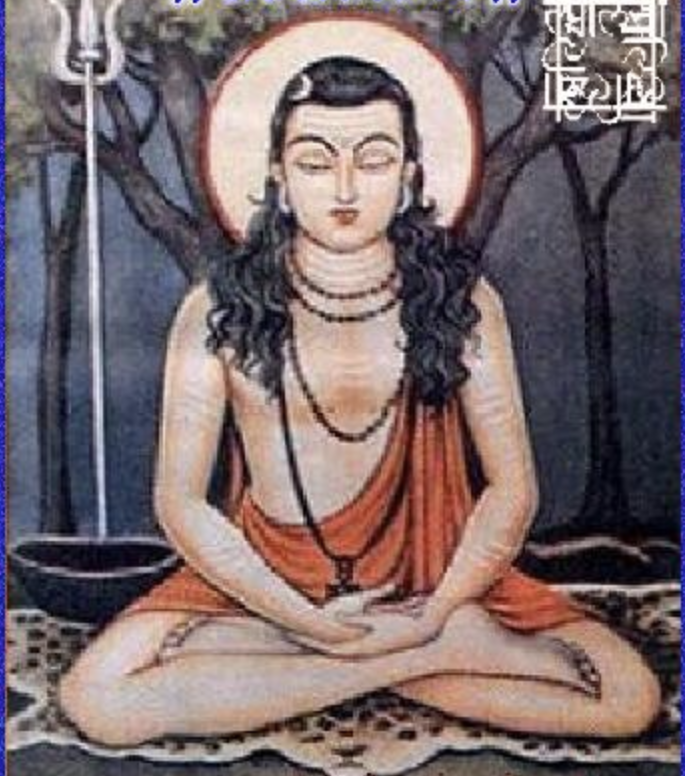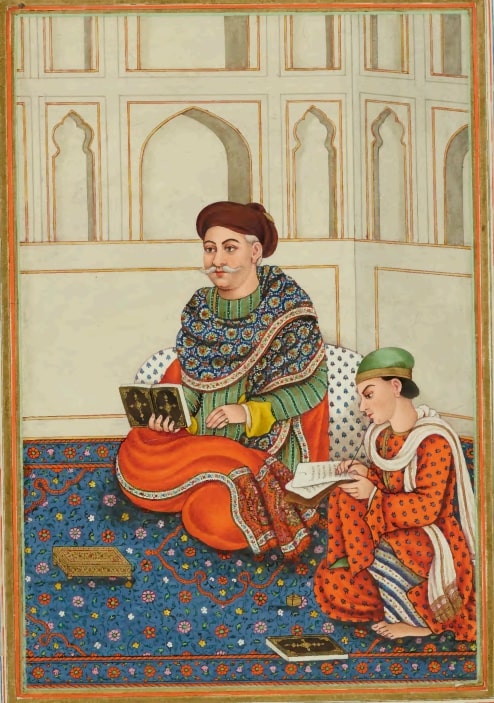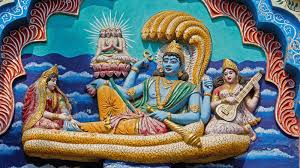Explore Vairag, a concept of detachment and asceticism from Indian and Sikh traditions, signifying freedom from worldly desires.
AI PANTH, one of the twelve sects of yogis, whose adherents worship Ai Bhavani, a tribal female deity, believed to be an extension of Sakti. Siva in the form of ardhanarisvara is said to have two forms represented by his own halves. His right side is the male whose followers are called daksinacharis, whereas his left portion represents the female known as Sakti, the basic power also called Amba, Durga, Kali or Bhavani. Worshippers of the female aspect of Siva are called vamamargis, known for their peculiar beliefs and customs. They accept no taboos in the matter of food and accord religious sanction to sexual freedom.
Discover how a young Guru Nanak made an acrostic, Patti, from memory—reflecting on the One Lord's creation. An inspiring tale of divine wisdom.
BEDI, a subcaste of the Khatris, Prakritized form of the Sanskrit kstriya which is one of the four caste groups into which the Hindu society is divided. The Khatris are mainly Hindus though there is among them a Sikh element which is small in number but important historically.There are no Muhammadans in the caste because a Khatri after conversion into Islam ceases to be a Khatri and becomes a Khoja. The Khatris are further divided into four subgroups Bahri, Khukhrain, Bunjahi and Sarin. Bahris have twelve castes, Khukhrain eight, Bunjahi fiftytwo and Sarins twenty.
Discover the essence of Brahmgiani in Sikhism—realization of the Universal Spirit & true self, embodying compassion & liberation. Explore this spiritual zenith.
DAN (Skt. dana from the root da `to give`) means the act of giving or that which is given either as charity or alms or as offering, fee or reward for spiritual instruction received or for religious rite or ritual performed. The latter, however, is more appropriately called daksina. Dan (charity or almsgiving), according to the Brahmanical code as well as the code of Manu, is a means of earning spiritual merit, and is thus a religious obligation and may not necessarily be the result of a feeling of compassion or pity, though the humanitarian motive cannot be completely excluded from the concept of dan. The mode of dan and the selection of person worthy of receiving it may, however, differ.
Explore the significance of Ekadasi, the eleventh lunar day sacred to Vaisnavite Hindus, and its spiritual observance through fasting and devotion.
Explore the impact of Guru Nanak Vidyak Society in Bombay's education since 1947, offering diverse curricula and promoting Sikh heritage.
Unveil the only surviving copy of JAPUPARAMARATH by Bhai Ram Kishan, a manuscript of Guru Nanak's Japu, to discover profound insights and historical context.
Explore KHURSHUID KHALSA, the 1885 Urdu book that delves into Sikh history. Discover the controversies it sparked among Amritsar and Lahore factions.









